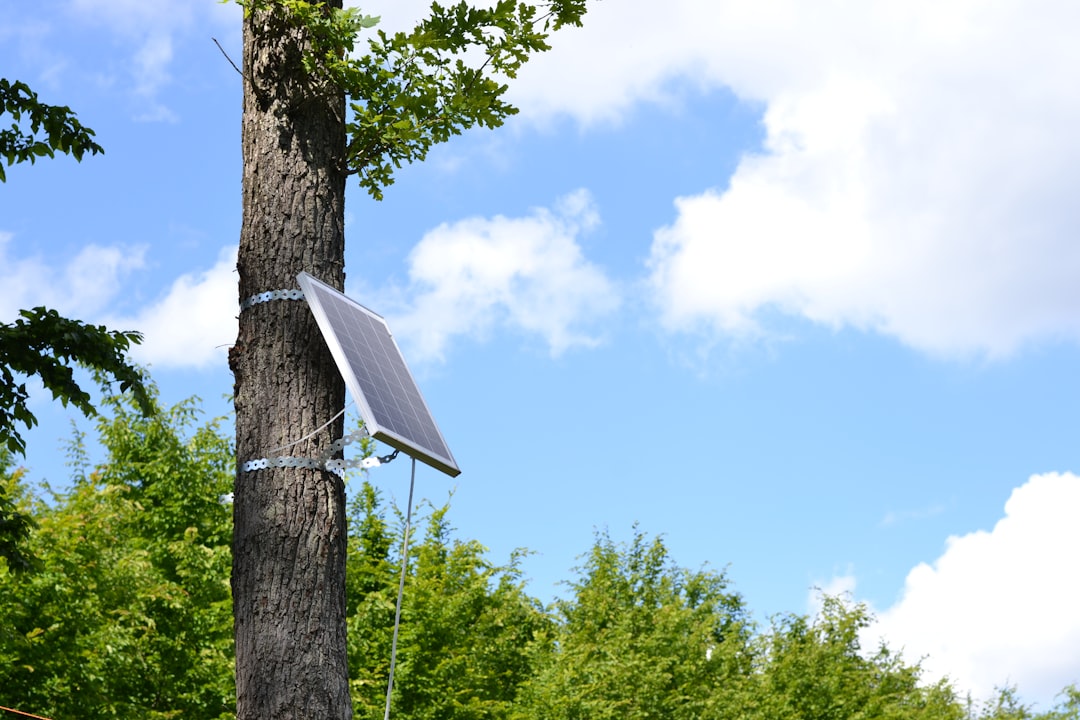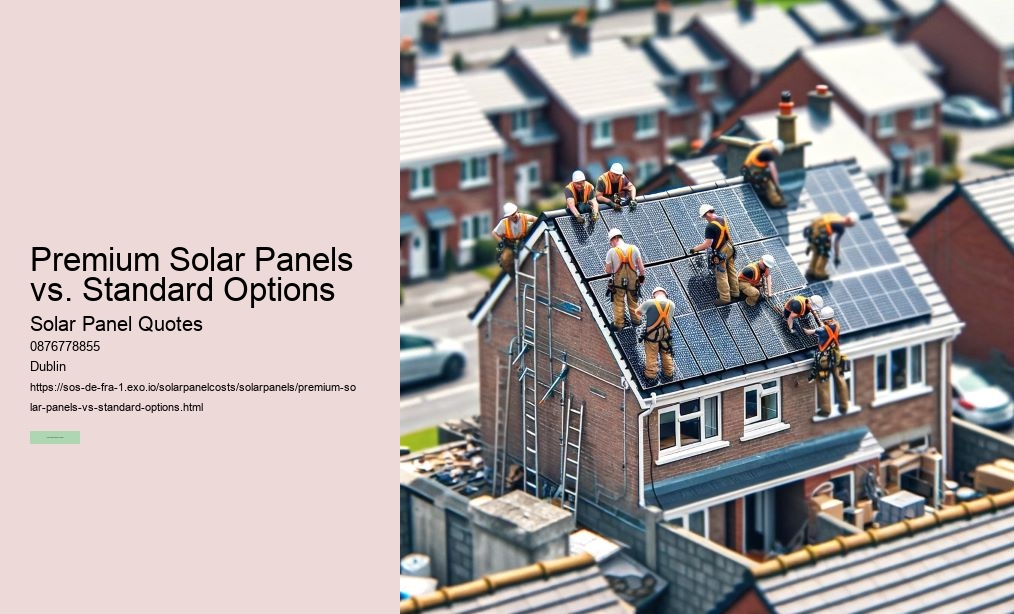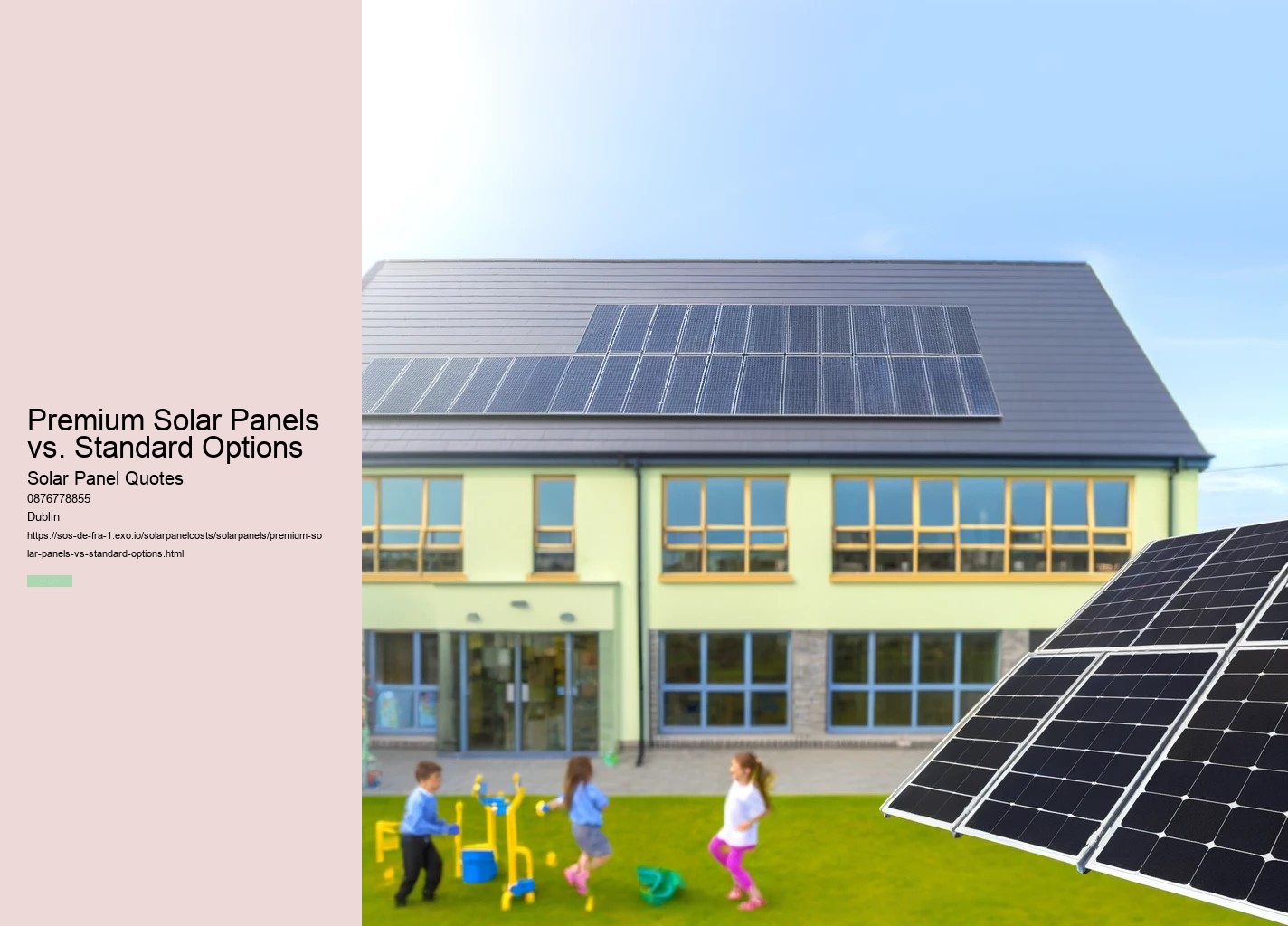

The payback period for these systems, considering the savings on electricity bills, ranges from five to seven years, making them a financially viable option in the long run. These financial supports aim to reduce the initial cost barrier, making solar power more accessible to a broader audience. Long-term support for solar panel users is critical, and most manufacturers offer a warranty that generally lasts between 20 to 25 years. microgeneration of electricity can offset the cost of solar panels in ireland along with grants from the SEAI.
Monocrystalline silicon panels, characterized by their uniform dark look and rounded edges, are more efficient at converting light into electricity and, although more expensive, are preferable for areas with limited roof space. These systems use the sun's energy to heat water, which can significantly cut down on gas or electricity used for this purpose, offering another layer of cost efficiency.
The installation and orientation of solar panels are tailored to maximize exposure to available sunlight, enhancing the efficiency of the energy generated. The inclusion of battery storage in a solar panel system greatly enhances its utility by allowing for the storage of excess electricity generated during peak sunlight hours. warranty
These systems store excess power generated during peak sunlight hours for later use, ensuring energy availability during nighttime or overcast days, and reducing dependence on the grid. Despite Ireland's variable weather, the country receives enough sunlight to make solar energy a viable option for most homeowners.
This investment not only reduces immediate electricity costs but also contributes to the long-term sustainability goals of Ireland, marking a positive step towards a greener future. These systems utilize the heat from the sun to warm water, thereby reducing the energy required from other sources, which can lead to additional savings. The SEAI grants can cover a significant portion of the installation cost, thus reducing the net investment required from the homeowner. To encourage the adoption of solar power, the Irish government offers various incentives, including substantial grants from the Sustainable Energy Authority of Ireland (SEAI) and a reduction in VAT on solar equipment.
These panels are highly effective in converting sunlight into electricity, making them worth the investment for maximizing energy output from smaller spaces.
Influence of temperature
The performance of a photovoltaic (PV) module depends on the environmental conditions, mainly on the global incident irradiance G in the plane of the module. However, the temperature T of the p–n junction also influences the main electrical parameters: the short circuit current ISC, the open circuit voltage VOC and the maximum power Pmax. In general, it is known that VOC shows a significant inverse correlation with T, while for ISC this correlation is direct, but weaker, so that this increase does not compensate for the decrease in VOC. As a consequence, Pmax decreases when T increases. This correlation between the power output of a solar cell and the working temperature of its junction depends on the semiconductor material, and is due to the influence of T on the concentration, lifetime, and mobility of the intrinsic carriers, i.e., electrons and gaps. inside the photovoltaic cell.
Monocrystalline vs. Polycrystalline solar panels: Which is better?

Posted by Mr Solar Panels Ireland on 2024-12-26
Earn money by exporting excess solar power.

Posted by Mr Solar Panels Ireland on 2024-12-02
Zero VAT makes solar panels more affordable.

Posted by Mr Solar Panels Ireland on 2024-11-23
How to keep your solar panels in top shape.

Posted by Mr Solar Panels Ireland on 2024-11-01
These factors are crucial as they determine the system's efficiency, capacity, and alignment with the user's energy consumption patterns. On the other hand, polycrystalline panels, made from multiple silicon crystals melted together, are more cost-effective and offer a balanced solution for those with a tighter budget. With warranties often lasting 25 years or more, solar panels offer a long-term solution to energy needs, significantly reducing or even eliminating electricity bills. Environmental benefits are equally compelling.
The financial benefits of installing solar panels extend beyond just energy savings. Polycrystalline silicon panels, offering a slightly lower efficiency at a reduced cost, provide an economical alternative for those with more extensive roof availability or limited budgets. Advanced solar inverters are integral to these systems, enabling the conversion of solar-generated direct current (DC) into the alternating current (AC) used in homes and allowing for precise energy management and monitoring via smart meters.
When discussing the cost of solar panels in Ireland, it is crucial to analyze both the immediate investment required and the long-term financial and environmental benefits. Ireland offers several incentives for solar energy adoption, including grants from the Sustainable Energy Authority of Ireland (SEAI) and reduced VAT rates, making solar installations more affordable. Customers should evaluate potential providers based on the quality of their products, the range of services offered, and their track record of reliability and customer service.
These incentives significantly lower the initial investment required and make solar power a more attractive option financially. These incentives aim to lower the barriers to solar adoption, making it a more attractive investment for homeowners and businesses alike. The service offered by Solar Panel Quotes empowers consumers by providing transparent, competitive options from high-quality providers, streamlining the process of solar adoption.

Examining the cost of solar panels in Ireland reveals a landscape where both potential savings and environmental impact are significant. carbon


The average payback period for a solar panel installation in Ireland is around five to seven years, depending on the specifics of the installation and electricity usage patterns. solar panel The Irish government supports the adoption of solar technology through financial incentives such as grants provided by the Sustainable Energy Authority of Ireland (SEAI) and reductions in VAT on solar equipment.
Customers should consider the provider's track record, the quality of the products offered, and the level of customer support available.
This shift to renewable sources is essential in combating climate change and promoting environmental sustainability.
Advanced solar inverters play a crucial role in these systems, converting the direct current produced by the panels into the alternating current used in homes and enabling real-time energy management through smart meter integration.
Selecting the right provider is crucial in the solar panel purchase process. Conversely, polycrystalline silicon panels offer a more affordable option with slightly lower efficiency, suitable for those with more roof space to spare. Solar panels significantly reduce greenhouse gas emissions by decreasing the reliance on fossil fuels for electricity generation.
Adding a battery storage system to a solar panel setup increases the utility of the investment by enabling homeowners to store excess electricity generated during peak sunlight. Solar panels not only offer a way to significantly reduce or eliminate electricity bills but also come with long warranty periods, typically around 25 years, underscoring their durability and long-term viability.
This stored power can then be used during periods of low sunlight or overnight, ensuring continuous energy availability and reducing grid dependency. footprint The services offered by Solar Panel Quotes enhance the consumer experience by providing transparent, competitive options from quality providers, making the process of adopting solar energy straightforward and beneficial.
This proactive approach to acquiring solar installations supports wider adoption and contributes to the country's transition towards a more sustainable energy future. The price for installing solar panels can vary significantly, typically ranging from €6,000 to €18,000.

Additionally, solar energy systems have minimal maintenance costs and provide a clean, inexhaustible source of energy.

Solar panels typically pay for themselves within 5 to 7 years in Ireland through savings on electricity bills.
Yes, the Irish government offers several incentives, including SEAI grants and a reduction in VAT on solar equipment to promote solar energy adoption.
Yes, there are several financing options available in Ireland for solar panel systems, including loans, leases, and Power Purchase Agreements (PPAs).
Solar panels typically pay for themselves within 5 to 7 years in Ireland through savings on electricity bills.
Yes, the Irish government offers several incentives, including SEAI grants and a reduction in VAT on solar equipment to promote solar energy adoption.